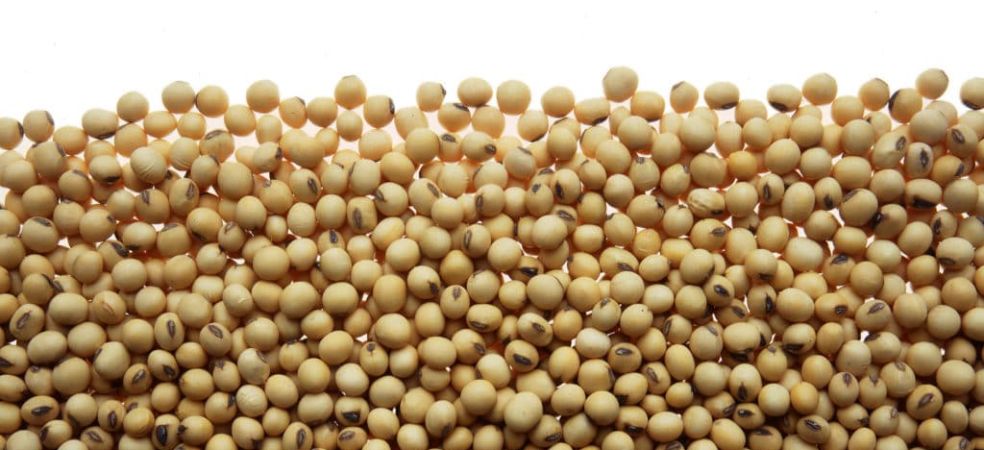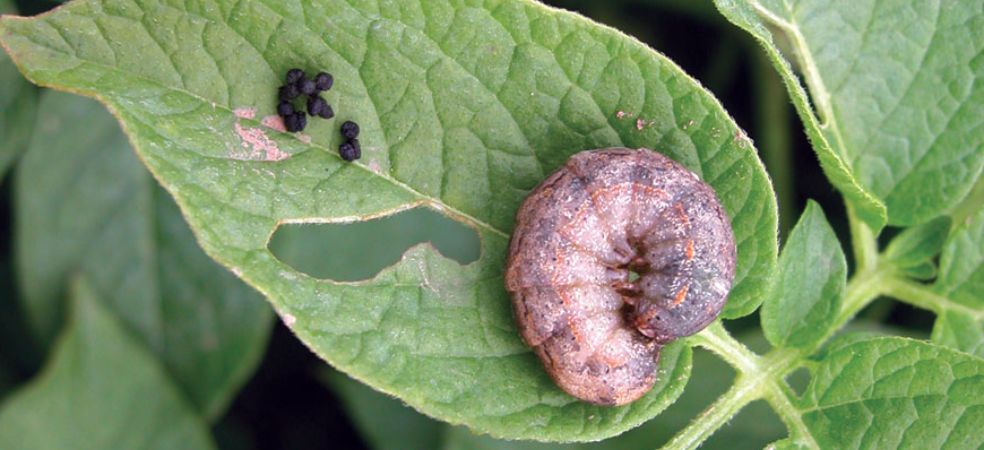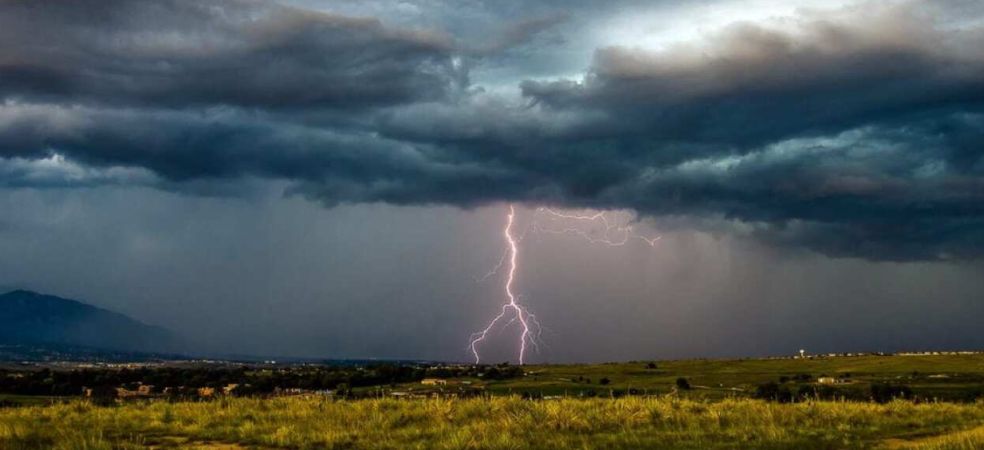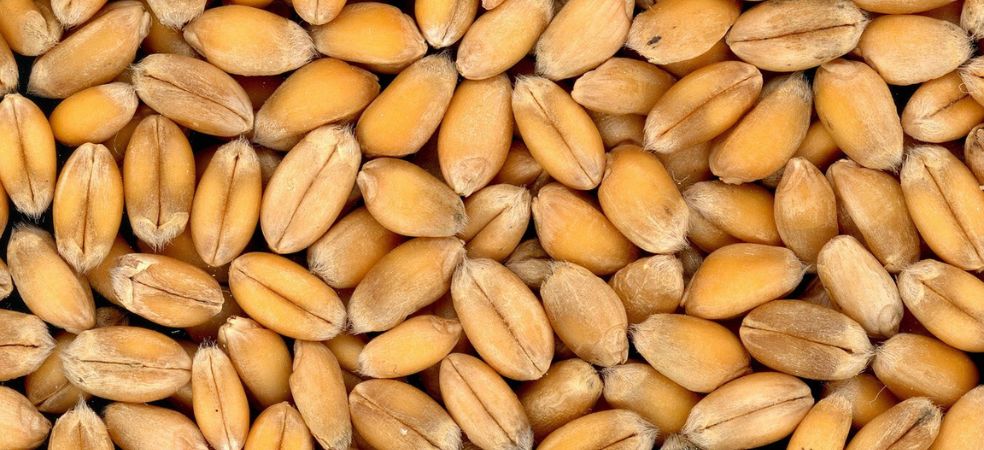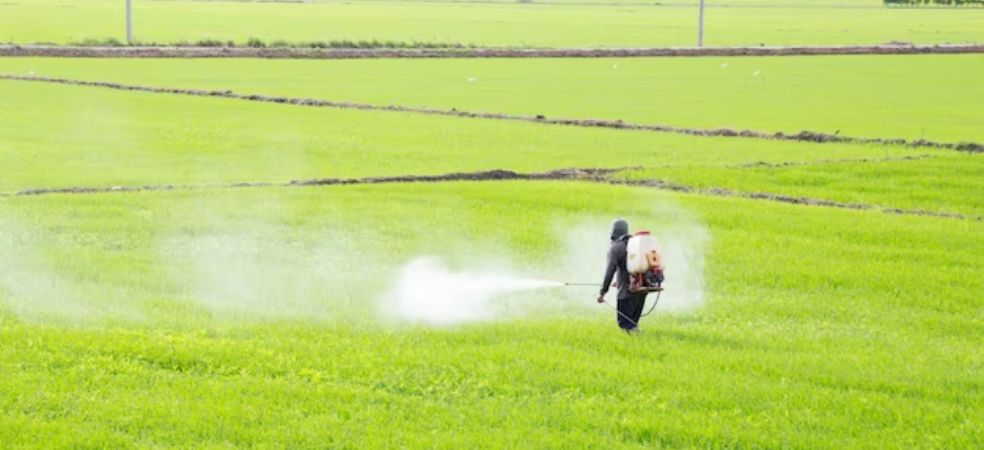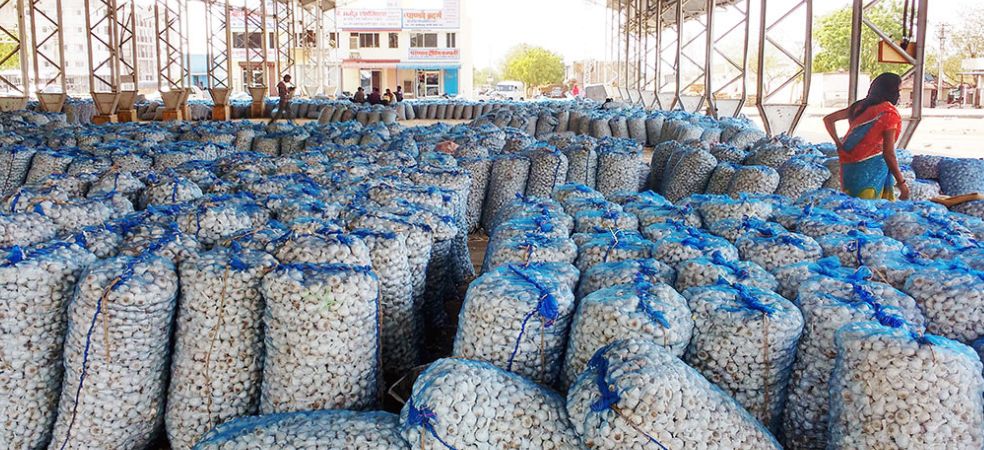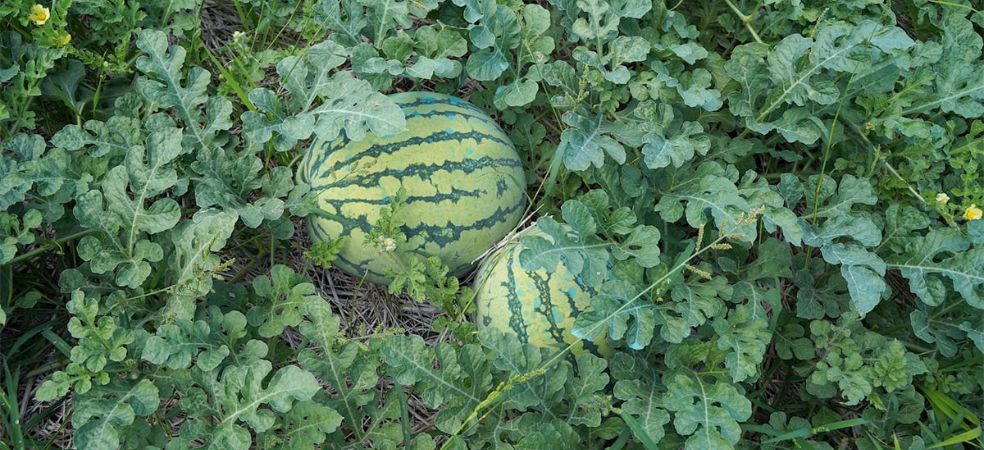Growing vegetables in a shade net house is highly beneficial for farmers. It allows better plant care and ensures good yields at a lower cost. Recognizing these advantages, the government provides subsidies for setting up shade net houses. The Bihar government, in particular, is offering up to a 50% subsidy to farmers in the state for this initiative.
This scheme primarily aims to support the cultivation of gerbera, roses, and high-value vegetables. Under the scheme, farmers will receive a 50% subsidy on the total cost of setting up a shade net house. The cost per square meter for a shade net house is ₹710, out of which the government will provide ₹355 as financial assistance. Farmers interested in availing of this scheme should visit the official website of the Agriculture Department to apply.
Source: Krishi Jagran
ShareFor more information on government agriculture schemes and other updates from the agriculture sector, read Gramophone’s articles daily. Don’t forget to share this article with your friends using the share button below.


